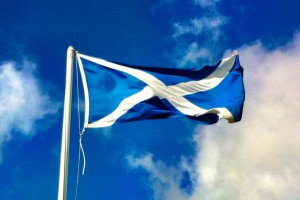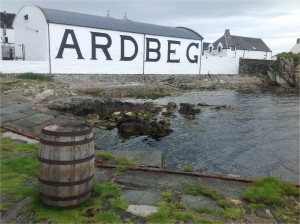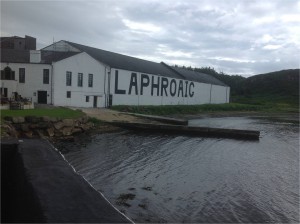28th November 2014
St Andrew’s Day always has a special place in my heart.
Guest blog by Greg Quinn, Deputy Head of Mission
St Andrew’s Day always has a special place in my heart. Not only do I have many friends from Scotland but there are various other connections. These include the fact that my mother is of Scottish ancestry (and I’m therefore the proud wearer of a kilt), and that Scotland is probably our favourite holiday destination in the world. If you look at some of the pictures included with this blog you will see why.
Scotland is also home to world famous Scotch whisky. They come in many styles and flavours, from the peaty whisky of the Islands to the smooth Speyside – there’s a whisky for everyone. And so it should be. It is, after all, the water of life.
But who was St Andrew and why do we celebrate Scotland’s National Day on 30 November?
St Andrew permeates everything in Scotland’s history. Indeed the Scottish Flag – the Saltaire – is also known as St Andrew’s Cross. He is thought to have become the patron Saint of Scotland sometime in the 10th Century and legend states that artefacts relating to him were brought to the east coast town which is now known as St Andrews (also, incidentally, home of one of the most famous golf courses in the world, and the place Prince William went to University).
30 November is the feast day of Saint Andrew. It is now also an official bank holiday in Scotland. The celebration of this feast day is said to originate from the 11th Century and the reign of Malcolm III. The day is marked with a celebration of all things Scottish: culture, food, music and dance. It is also seen as the start of a season of winter festivals which also include Hogmanay (31 December) and Burns Night (25 January). So it is always a good time to party.
And that is exactly what millions of Scots and people of Scots ancestry will be doing on 30 November. Feel free to join them, they will be more than happy to see you!



